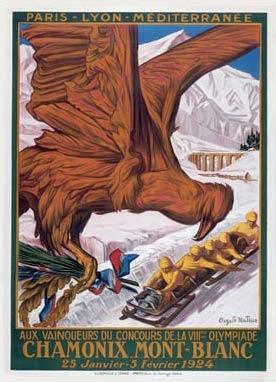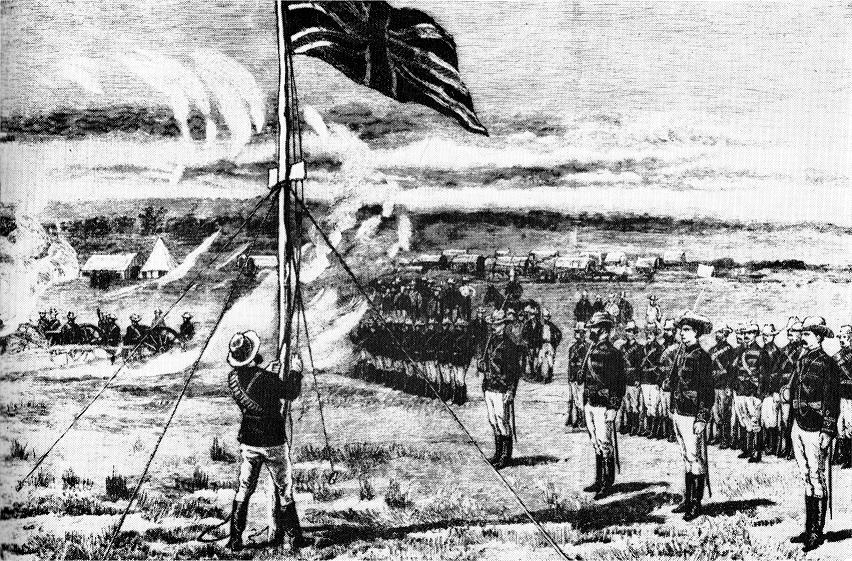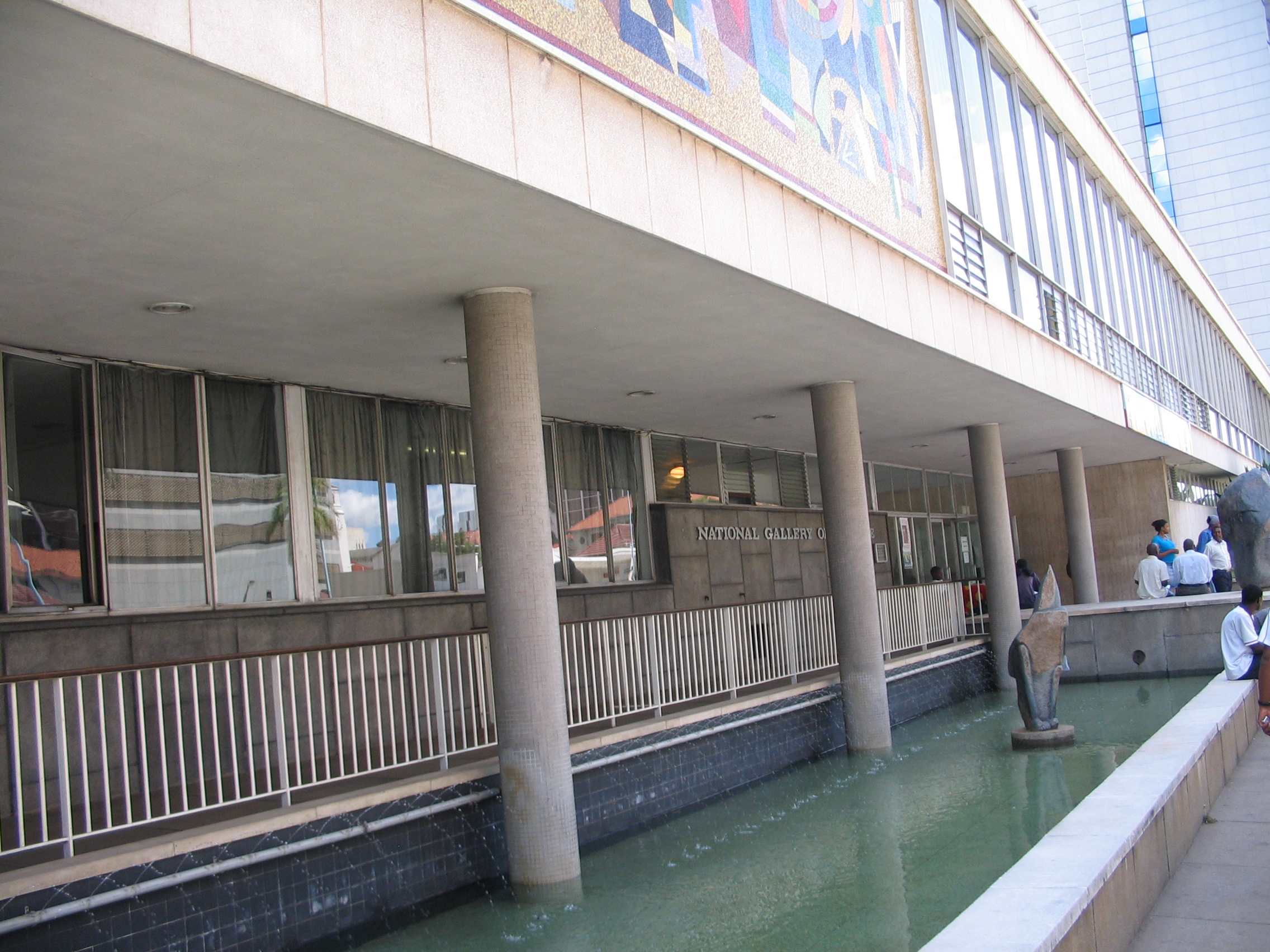|
Thomas Mukarobgwa
Thomas Mukarobgwa (1924–1999) was a Zimbabwean painter and sculptor who worked as a gallery attendant for much of his career. Mukarobgwa was born in Nyanga, in the countryside of what was then Southern Rhodesia, and had limited education. He is believed to have taken his first art classes with Ned Paterson at school in Salisbury. With his interest in art piqued he met Frank McEwen, the newly appointed director of the National Gallery of Zimbabwe. McEwen hired him as a gallery attendant and gave him artistic materials, inviting him to join an art school which was then being formed in the basement of the museum. Mukarobgwa thus became one of the original members of what was to become known as the Workshop School. Mukarobgwa acted as a kind of gatekeeper for McEwen, finding young men to join the workshop who fitted into McEwen's preferred profile. In particular, McEwen preferred to have uneducated, pagans who could act as tabula rasa for his artistic training theories. Mukarob ... [...More Info...] [...Related Items...] OR: [Wikipedia] [Google] [Baidu] |
Zimbabwe
file:Zimbabwe, relief map.jpg, upright=1.22, Zimbabwe, relief map Zimbabwe, officially the Republic of Zimbabwe, is a landlocked country in Southeast Africa, between the Zambezi and Limpopo Rivers, bordered by South Africa to the south, Botswana to the southwest, Zambia to the north, and Mozambique to the east. The capital and largest city is Harare, and the second largest is Bulawayo. A country of roughly 16.6 million people as per 2024 census, Zimbabwe's largest ethnic group are the Shona people, Shona, who make up 80% of the population, followed by the Northern Ndebele people, Northern Ndebele and other #Demographics, smaller minorities. Zimbabwe has 16 official languages, with English, Shona language, Shona, and Northern Ndebele language, Ndebele the most common. Zimbabwe is a member of the United Nations, the Southern African Development Community, the African Union, and the Common Market for Eastern and Southern Africa. The region was long inhabited by the San people, ... [...More Info...] [...Related Items...] OR: [Wikipedia] [Google] [Baidu] |
Joseph Ndandarika
Joseph Ndandarika (1940 – May 1991) was a Zimbabwean sculptor known for his figurative works. Early life and education Ndandarika was born in Salisbury, Rhodesia and grew up in Rusape. He was the son of a Malawian bus driver and a Shona mother. His mother was artistic and occasionally worked as a model for the sculptor Job Kekana, another Rusape resident. After completing primary school, he attended a Catholic boarding school at Serima Mission in the late 1950s. His artistic talent was identified there by Fr John Groeber and Cornelius Manguma, who trained him in drawing and woodcarving. While at Serima he was chosen by Groeber to paint several murals inside St. Mary's church. After leaving Serima in 1959, he moved to Salisbury and joined Frank McEwen's Workshop School in Harare in 1960. Initially he became one of McEwen's leading painters, specializing in landscapes and witchcraft scenes. Due to McEwen's preference for untrained, pagan artists, Ndandarika hid his training at ... [...More Info...] [...Related Items...] OR: [Wikipedia] [Google] [Baidu] |
People From Manicaland Province
The term "the people" refers to the public or common mass of people of a polity. As such it is a concept of human rights law, international law as well as constitutional law, particularly used for claims of popular sovereignty. In contrast, a people is any plurality of persons considered as a whole. Used in politics and law, the term "a people" refers to the collective or community of an ethnic group or nation. Concepts Legal Chapter One, Article One of the Charter of the United Nations states that "peoples" have the right to self-determination. Though the mere status as peoples and the right to self-determination, as for example in the case of Indigenous peoples (''peoples'', as in all groups of indigenous people, not merely all indigenous persons as in ''indigenous people''), does not automatically provide for independent sovereignty and therefore secession. Indeed, judge Ivor Jennings identified the inherent problems in the right of "peoples" to self-determination, as i ... [...More Info...] [...Related Items...] OR: [Wikipedia] [Google] [Baidu] |
1999 Deaths
This is a list of lists of deaths of notable people, organized by year. New deaths articles are added to their respective month (e.g., Deaths in ) and then linked below. 2025 2024 2023 2022 2021 2020 2019 2018 2017 2016 2015 2014 2013 2012 2011 2010 2009 2008 2007 2006 2005 2004 2003 2002 2001 2000 1999 1998 1997 1996 1995 1994 1993 1992 1991 1990 1989 1988 1987 1986 Earlier years ''Deaths in years earlier than this can usually be found in the main articles of the years.'' See also * Lists of deaths by day * Deaths by year (category) {{DEFAULTSORT:deaths by year ... [...More Info...] [...Related Items...] OR: [Wikipedia] [Google] [Baidu] |
1924 Births
Events January * January 12 – Gopinath Saha shoots Ernest Day, whom he has mistaken for Sir Charles Tegart, the police commissioner of Calcutta, and is arrested soon after. * January 20–January 30, 30 – Kuomintang in China holds its 1st National Congress of the Kuomintang, first National Congress, initiating a policy of alliance with the Soviet Union and the Chinese Communist Party. * January 21 – Alexander Cambridge, 1st Earl of Athlone, The Earl of Athlone is appointed Governor-General of the Union of South Africa, and High Commissioner for Southern Africa.Archontology.org: A Guide for Study of Historical Offices: South Africa: Governors-General: 1910-1961 (Accessed on 14 April 2017) * January 22 – R ... [...More Info...] [...Related Items...] OR: [Wikipedia] [Google] [Baidu] |
Shona People
The Shona people () also/formerly known as the Karanga are a Bantu peoples, Bantu ethnic group native to Southern Africa, primarily living in Zimbabwe where they form the majority of the population, as well as Mozambique, South Africa, and worldwide diaspora. There are five major Shona language/dialect clusters: Manyika, Karanga, Zezuru, Korekore, Kalanga, and Ndau. Classification The Shona people are grouped according to the dialect of the language they speak. Their estimated population is 22.6 million: * Korekore people, Korekore (northern region of Zimbabwe) * Zezuru people, Zezuru (central Zimbabwe) * Manyika tribe, Manyika (eastern Zimbabwe around Mutare, Buhera, Nyanga, Zimbabwe, Nyanga and into Mozambique) * Ndau people, Ndau (southeast Zimbabwe around Mutare, Chimanimani, Chipinge and into Mozambique) * Karanga people, Karanga (south-central Zimbabwe around Masvingo) * Kalanga people, Kalanga (southwest Zimbabwe, interspersed with the Northern Ndebele people, Ndebele ... [...More Info...] [...Related Items...] OR: [Wikipedia] [Google] [Baidu] |
Harare
Harare ( ), formerly Salisbury, is the Capital city, capital and largest city of Zimbabwe. The city proper has an area of , a population of 1,849,600 as of the 2022 Zimbabwe census, 2022 census and an estimated 2,487,209 people in its metropolitan province. The city is situated in north-eastern Zimbabwe in the country's Mashonaland region. Harare Metropolitan Province incorporates the city and the municipalities of Chitungwiza, Epworth, Zimbabwe, Epworth and Ruwa. The city sits on a plateau at an elevation of above sea level, and its climate falls into the subtropical highland category. The city was founded in 1890 by the Pioneer Column, a small military force of the British South Africa Company, and was named Southern Rhodesia, Fort Salisbury after the British Prime Minister Robert Gascoyne-Cecil, 3rd Marquess of Salisbury, Lord Salisbury. Company Company rule in Rhodesia, administrators Demarcation line, demarcated the city and ran it until Southern Rhodesia achieved respo ... [...More Info...] [...Related Items...] OR: [Wikipedia] [Google] [Baidu] |
Museum Of Modern Art
The Museum of Modern Art (MoMA) is an art museum located in Midtown Manhattan, New York City, on 53rd Street (Manhattan), 53rd Street between Fifth Avenue, Fifth and Sixth Avenues. MoMA's collection spans the late 19th century to the present, and includes over 200,000 works of architecture and design, drawing, painting, sculpture, photography, screen printing, prints, book illustration, illustrated and artist's books, film, as well as electronic media. The institution was conceived in 1929 by Abby Aldrich Rockefeller, Lillie P. Bliss, and Mary Quinn Sullivan. Initially located in the Crown Building (Manhattan), Heckscher Building on Fifth Avenue, it opened just days after the Wall Street Crash of 1929, Wall Street Crash. The museum was led by Anson Goodyear, A. Conger Goodyear as president and Abby Rockefeller as treasurer, with Alfred H. Barr Jr., Alfred H. Barr Jr. as its first director. Under Barr's leadership, the museum's collection rapidly expanded, beginning with an inaug ... [...More Info...] [...Related Items...] OR: [Wikipedia] [Google] [Baidu] |
Workshop School
Beginning with the Industrial Revolution era, a workshop may be a room, rooms or building which provides both the area and tools (or machinery) that may be required for the manufacture or repair of manufactured goods. Workshops were the only places of production until the advent of industrialization and the development of larger factories. In the 20th and 21st century, many Western homes contained a workshop in either the garage, basement, or an external shed. Home workshops typically contain a workbench, hand tools, power tools, and other hardware. Along with the practical application of repairing goods, workshops are often used to tinker and make prototypes. Some workshops focus exclusively on automotive repair or restoration although there are a variety of workshops in existence today. Woodworking, metalworking, electronics, and other types of electronic prototyping workshops are among the most common. Backshop In some repair industries, such as locomotives and aircraft ... [...More Info...] [...Related Items...] OR: [Wikipedia] [Google] [Baidu] |
Painting
Painting is a Visual arts, visual art, which is characterized by the practice of applying paint, pigment, color or other medium to a solid surface (called "matrix" or "Support (art), support"). The medium is commonly applied to the base with a brush. Other implements, such as palette knives, sponges, airbrushes, the artist's fingers, or even a dripping technique that uses gravity may be used. One who produces paintings is called a painter. In art, the term "painting" describes both the act and the result of the action (the final work is called "a painting"). The support for paintings includes such surfaces as walls, paper, canvas, wood, glass, lacquer, pottery, leaf, copper and concrete, and the painting may incorporate other materials, in single or multiple form, including sand, clay, paper, cardboard, newspaper, plaster, gold leaf, and even entire objects. Painting is an important form of visual arts, visual art, bringing in elements such as drawing, Composition (visual art ... [...More Info...] [...Related Items...] OR: [Wikipedia] [Google] [Baidu] |
National Gallery Of Zimbabwe
The National Gallery of Zimbabwe (NGZ) is a gallery in Harare, Zimbabwe, dedicated to the presentation and conservation of Zimbabwe's contemporary art and visual heritage. The original National Gallery of Rhodesia was designed and directed by Frank McEwen, a British citizen credited with bringing Shona Sculpture to the spotlight. The Gallery was officially opened by Queen Elizabeth The Queen Mother on July 16, 1957, and Queen Elizabeth II attended the sixth Zimbabwe Heritage Exhibition there in October 1991. The current executive director is Raphael Chikukwa. Regional galleries National Gallery of Zimbabwe in Bulawayo The National Gallery in Bulawayo is a branch of the NGZ opened in 1970 in Zimbabwe's second city, Bulawayobr>It was located for some years in an old market building behind City Hall, but since 1993 has occupied Douslin House on Main Street, an elegant two-storey building of 1901. Directors of the National Gallery in Bulawayo have included Stephen Williams (ar ... [...More Info...] [...Related Items...] OR: [Wikipedia] [Google] [Baidu] |
Frank McEwen
Francis Jack McEwen, OBE (19 April 1907 – 15 January 1994) was an English artist, teacher, and museum administrator. He is best remembered today for his efforts to bring attention to the work of Shona artists in Rhodesia and for helping to found the National Gallery of Zimbabwe. He was awarded the OBE in 1963. Early life Born in Mexico and brought up in Devon, McEwen grew up surrounded by art from West Africa, which his father had collected on various business trips. Having attended Mill Hill School, in 1926, he went to Paris to study art history at the Sorbonne and the Institut d'Art et d'Archaeologie; his teacher was Henri Focillon. Through Focillon, McEwen met and befriended artists such as Constantin Brâncuși, Georges Braque, Henri Matisse, Pablo Picasso, and Fernand Léger, and gained a deal of respect for the teachings of Gustave Moreau, which were to influence much of his later career. Upon Focillon's advice, McEwen chose to become a painter rather than a ... [...More Info...] [...Related Items...] OR: [Wikipedia] [Google] [Baidu] |




